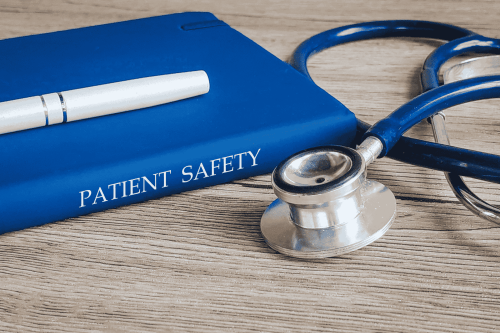In healthcare settings—especially assisted living, home care, and long-term care—medication routines are a daily reality. But not every patient needs full administration from a nurse or physician. Many are capable of taking their own medicine, with a little help. That’s where assisting with self-administration of medication comes in—and it’s more important than it might seem.
When done right, this kind of assistance empowers patients, promotes independence, and reduces healthcare costs. But when done poorly, it can lead to missed doses, incorrect usage, and serious health risks. In fact, studies show that between 16% and 27% of residents experience some type of medication error. When residents are being moved or transferred between care settings (like from a hospital to a nursing home), that number goes up—13% to 31% of residents experience a medication error during these transfers.
Even more concerning, about 75% of residents are prescribed at least one medication that may not be appropriate for them—known as a potentially inappropriate medication (PIM).
So, what exactly should healthcare staff know when assisting with medication? Let’s break it down—clearly and simply.
What Does “Assisting with Medication” Mean?
Assisting with medication means helping a patient take their prescribed medications without actually administering it for them. You’re not giving an injection or physically putting a pill in someone’s mouth. Instead, you’re supporting them in safe, appropriate ways.
Examples include:
- Handing them their labeled medication container
- Opening a pill bottle or blister pack
- Providing water or reminding them it’s time to take their medicine
- Watching to ensure they take it correctly
This type of assistance is especially common in assisted living facilities, home care programs, and residential group homes, where patients maintain a level of independence but still need a bit of help.
Why It Matters: Safety, Compliance, and Dignity
Even though you’re “just assisting,” the stakes are still high. A missed or mishandled dose can cause serious harm—especially with medications for heart conditions, diabetes, seizures, or mental health.
Proper assistance ensures:
- Safety: Patients take the right medication at the right time in the right way
- Compliance: Medication routines stay consistent, reducing hospitalizations
- Dignity: Patients maintain independence and feel in control of their own care
In short, this role may seem small, but it plays a big part in quality care.
Top 5 Best Practices for Assisting with Medications
Here’s what every staff member should keep in mind when helping patients manage their medication:
Know the Boundaries
It’s vital to understand what you can and cannot do legally, depending on your state’s regulations and your role.
Generally, assistance is okay when:
- The medication has been prescribed and properly labeled
- You’re not altering or choosing the medication (e.g., mixing, crushing, or selecting pills)
- You’re not administering injections or invasive medications unless trained and authorized
When in doubt, always refer to your state or facility guidelines.
Follow the “Five Rights” Rule
Even when you’re assisting (not administering), always check the:
- Right patient
- Right medication
- Right dose
- Right time
- Right route (oral, topical, inhaled, etc.)
These basics reduce the chance of error and ensure patient safety.
Never Guess—Always Ask

If something doesn’t look right (wrong label, unfamiliar pill, patient says “this doesn’t look like mine”), stop. Don’t make assumptions. Notify a supervisor, nurse, or the designated medical professional in your setting. Better safe than sorry when it comes to medication errors.
Keep a Clean and Organized Environment
A cluttered medication cart or disorganized pill organizer is a disaster waiting to happen. Whether you’re assisting one patient or several, always:
- Work in a clean, well-lit space
- Double-check each medication before handing it over
- Avoid distractions while helping with medication
Document Immediately
In most care settings, staff must record when a patient takes medication—or if they refuse, miss a dose, or show side effects. Timely documentation helps ensure continuity of care and protects both the patient and the facility from liability.
What to Watch For

Assisting with medication isn’t just about the routine. It’s also about observation. You’re in a unique position to spot early signs of trouble.
Watch for:
- Changes in mood or behavior after a dose
- Unusual drowsiness, dizziness, or confusion
- Difficulty swallowing pills
- Repeated refusals to take medication
- Swelling, rashes, or other visible reactions
If anything seems off, report it promptly. You might catch an early warning sign of a side effect or incorrect dose.
Building Patient Trust
Remember, medication is personal. Some patients feel embarrassed about needing help, or frustrated if they’re required to take something they dislike. Your approach matters.
Here’s how to build trust:
- Be calm, patient, and respectful
- Speak clearly and explain what you’re doing
- Give reminders without nagging
- Listen to concerns without brushing them off
You’re not just helping them take a pill—you’re reinforcing dignity and partnership in care.
Training Makes the Difference
Too often, healthcare staff are expected to assist with medication without formal training. That’s risky—not just for patients, but for providers too.
The good news? Training on the fundamentals of assisting with medication doesn’t have to be complex or time-consuming. A good course should cover:
- Laws and regulations around medication assistance
- The difference between administration and assistance
- Practical do’s and don’ts
- How to document and report correctly
- Real-life scenarios and problem-solving
At American Medical Compliance, we offer accessible, easy-to-understand training to help your staff assist safely and confidently—ensuring compliance, reducing risk, and supporting better outcomes.
Final Thoughts: A Small Act with Big Impact
Assisting a patient to take their medication may seem like a routine task, but it has ripple effects on their safety, independence, and overall care experience. With the right knowledge and approach, your staff can make that moment count. By investing in training and emphasizing safe, respectful assistance, your facility can prevent medication errors, reduce hospital visits, and promote a higher standard of care.
Looking to ensure compliance, boost efficiency, and build trust across your team? Ask us about our customized, no-cost course development program—designed to meet the specific training needs of your staff and the realities of your care setting.
Whether you’re onboarding new hires or refreshing current protocols, we’ll help you deliver training that works—clearly, effectively, and affordably. Contact us here.



